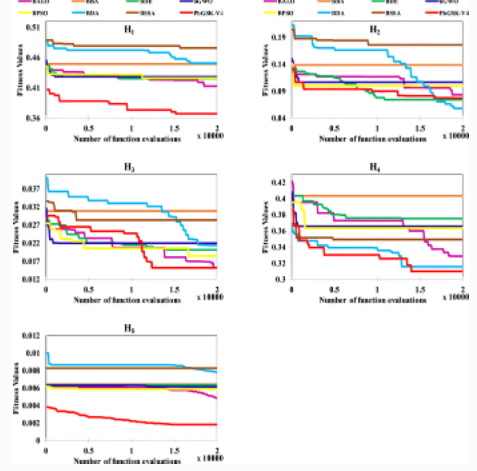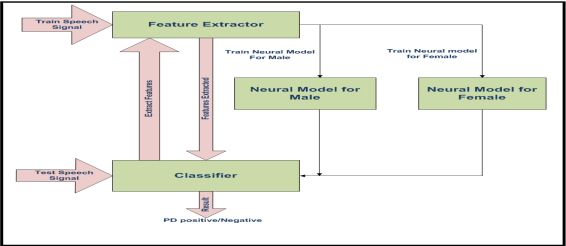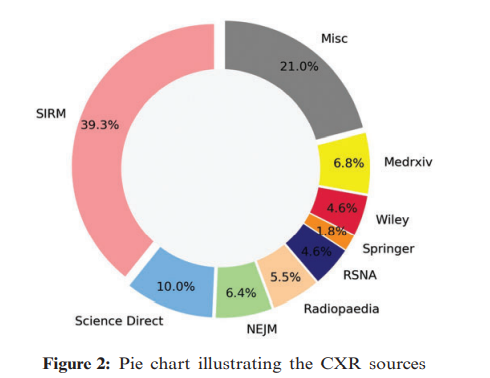Breadcrumb
Remote prognosis, diagnosis and maintenance for automotive architecture based on least squares support vector machine and multiple classifiers
Software issues related to automotive controls account for an increasingly large percentage of the overall vehicles recalled. To alleviate this problem, vehicle diagnosis and maintenance systems are increasingly being performed remotely, that is while the vehicle is being driven without need for factory recall and there is strong consumer interest in Remote Diagnosis and Maintenance (RD&M) systems. Such systems are developed with different building blocks/elements and various capabilities. This paper presents a novel automotive RD&M system and prognosis architecture. The elements of the proposed system include vehicles, smart phones, maintenance service centers, vehicle manufacturer, RD&M experts, RD&M service centers, logistics carry centers, and emergency centers. The system promotes the role of smart phones used to run prognosis and diagnosis tools based on Least Squares Support Vector Machine (LS-SVM) multiple classifiers. During the prognosis phase, the smart phone stores the history of any forecast failures and send them, only if any failure already occurred during the diagnosis, to the RD&M service centre. The later will then forward it to RD&M experts as a real failure data to improve the training data used in prognosis classification and predication of the remaining useful life (RUL). The (LS-SVM) is used widely in prognostics and system health management of spacecraft in-orbit and it is applied to monitor spacecraft's performance, detect faults, identify the root cause of the fault, and predict RUL. The same approach is applied in this paper. Finally, the RD&M software architectures for the vehicle and the smart phone are presented. © 2012 IEEE.



